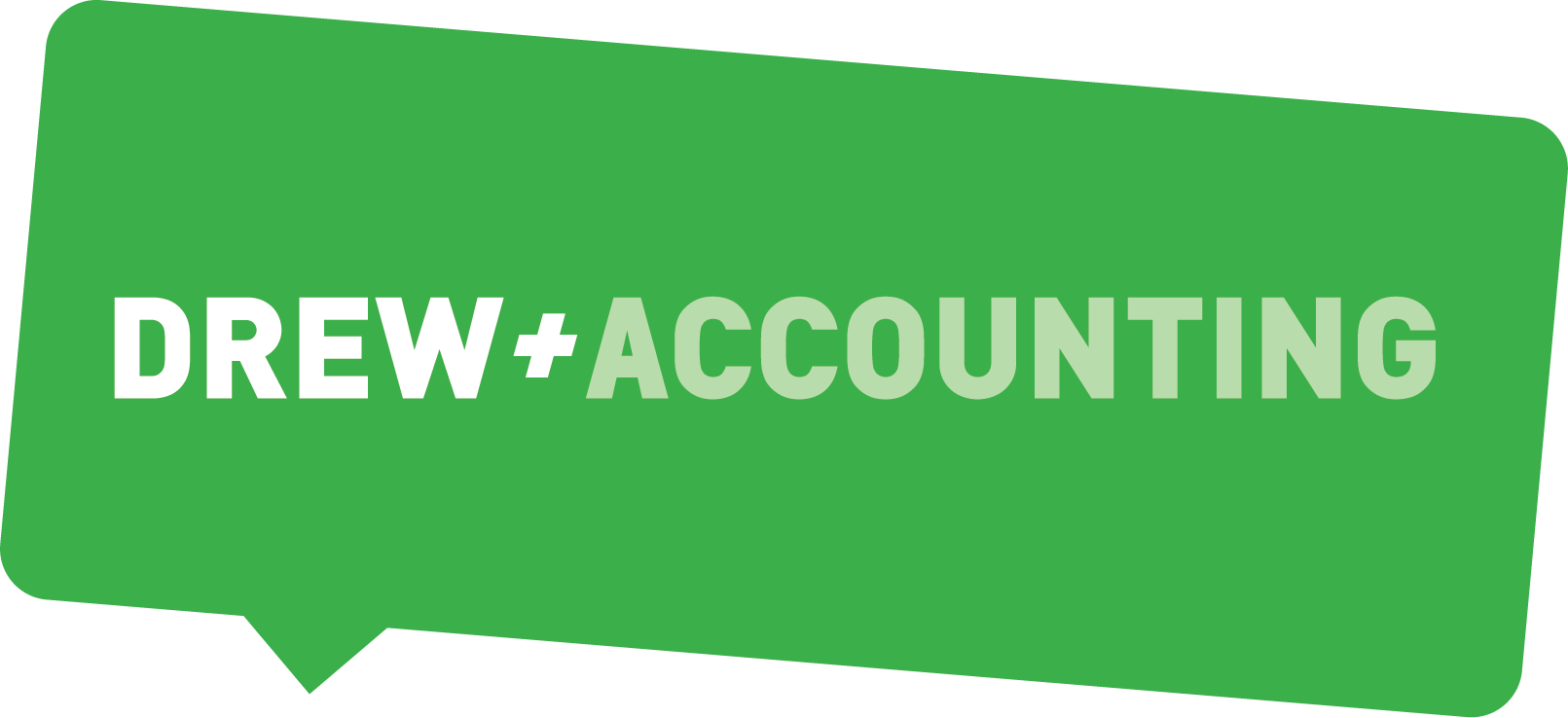Parental Leave Puts An Onus On Employers
Prime Minister Jacinda Ardern probably won’t take 18 weeks’ paid parental leave when she has her baby this autumn, but New Zealand law says she's entitled to it.
Staff who’ve worked for you or any other employer for an average of at least 10 hours a week for any 26 weeks of the year preceding the birth or assumption of care of a child can take paid parental leave so long as they are the primary carer of the child and take leave to care for the child.
Whether that staff member can take extended leave without pay will depend on whether they have been employed with you for an average of 10 hours a week for the previous six months. If so, they can take six months’ leave (in total, i.e. including primary carer leave). If they’ve met these criteria for a full year, their total leave is one year.
If employees give the right notice for the right parental-leave reason, you have to keep their jobs open until they return to work. If they’re taking more than four weeks’ parental leave, you have to keep their jobs open, unless those jobs are defined as key positions or there’s redundancy.
If any of those jobs are key positions, or there’s redundancy, affected staff go into a 26 week “period of preference” at the end of parental leave. That means that if any time during those 26 weeks you have a job that’s similar to what they were doing, you have to offer it to them first.
A job may be a key position because it needs special skills and there aren’t enough people with those skills. Or it would take too long to train or find a temp to do the job. Affected staff can disagree that their jobs are key positions.
There are rules around communication regarding employee applications for parental leave and employer responses, and whether or not the employee is going to return to work. We can help you avoid stepping on any landmines - give us a call today.

